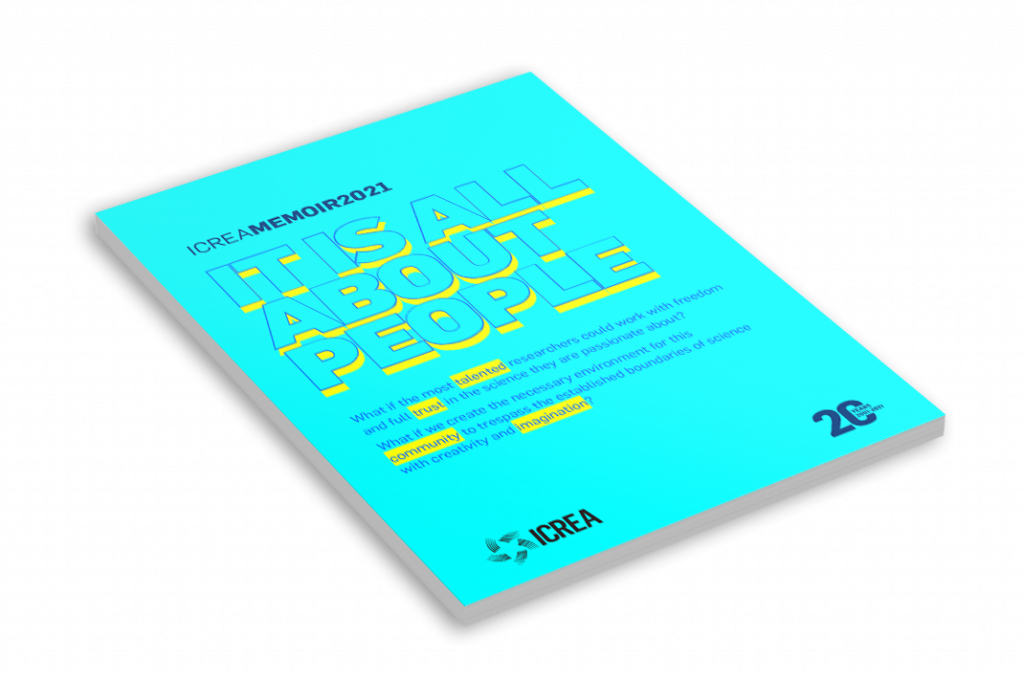It has been proposed that the human brain is similar to an orchestra in that it is hierarchically organised but that there is unlikely to be just a single conductor. In 1988 B Baars proposed the concept of a ‘global workspace’, where information is integrated in a small group of ‘conductors’ before being broadcast to the whole brain. This celebrated theory is an elegant solution to how hierarchical organisation allows the brain to orchestrate function and behaviour by organising the flow of information and the underlying computations necessary for survival. As such, this is a theory of consciousness as pointed out by neuroscientists S Dehaene and JP Changeux, who proposed the ‘global neuronal workspace’ hypothesis where associative perceptual, motor, attention, memory, and value areas interconnect to form a higher-level unified space where information is broadly shared and broadcast back to lower-level processors. Colloquially, the brain’s global workspace is akin to a small core assembly of people in charge of an organisation, like a group of many conductors leading an orchestra.
It has not been known where and how this orchestration takes place in the brain. Now in ”Revisiting the Global Workspace orchestrating the hierarchical organisation of the human brain”, Nature Human Behaviour, researchers found the existence of a functional ‘rich club’ of brain regions incarnating this ‘global workspace’. This radical new discovery from Gustavo Deco and Morten L Kringelbach’s international collaboration is based on a large dataset of over 1000 human participants with fMRI recordings. The findings shed new light on the nature of consciousness.
Deco: “To identify the global workspace, we determined the information flow between brain regions by means of a normalised directed transfer entropy framework applied to multimodal neuroimaging data from healthy participants. This revealed a set of unique brain regions orchestrating information from perceptual, long-term memory, evaluative and attentional systems across many different tasks. Also, we confirmed the causal significance and robustness of our results by systematically lesioning a generative whole-brain model”.

